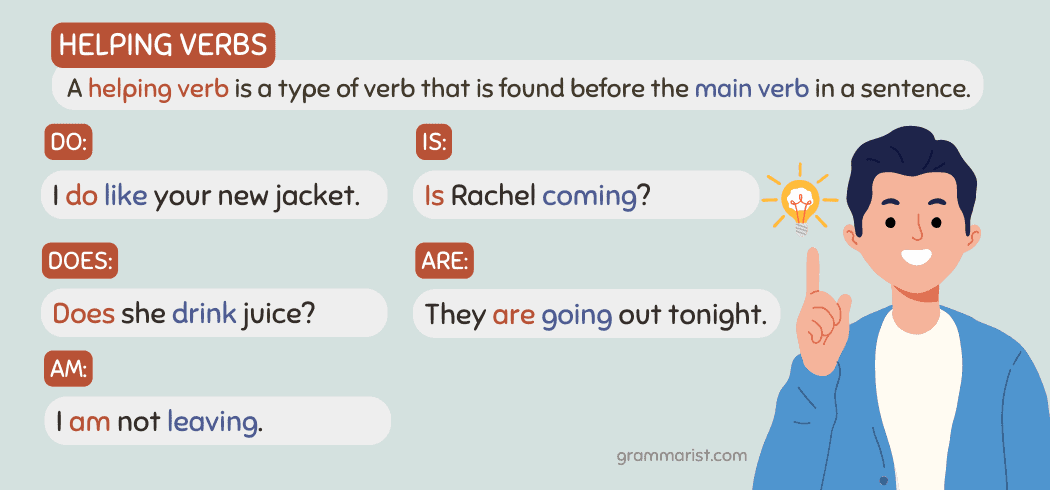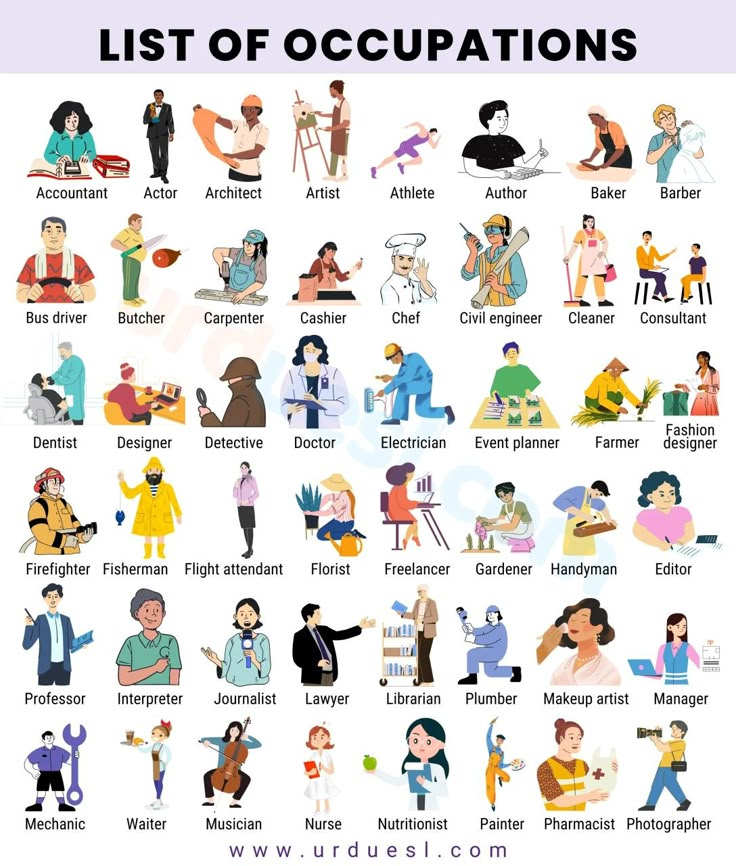Who Thrives in Online Education? Roles Most Likely to Work for EdTech Companies
Overview: Who Is Most Likely to Work for an Online Education Company?
The career professionals most likely to work for an online education company include
instructional designers
,
curriculum developers
,
online instructors/tutors
,
assessment/scoring specialists
,
program and project managers
,
product managers
, and
content editors
. Job boards and employer career pages show consistent demand for these roles across e-learning, higher education, and EdTech firms
[1]
[3]
[5]
. EdTech-focused job aggregators also report frequent hiring for
program/project management
roles, reflecting the operational backbone of online learning products and services
[4]
.
Instructional Designers and Curriculum Developers
What they do: Instructional designers (IDs) and curriculum developers translate learning goals into engaging digital experiences-storyboarding, aligning outcomes to standards, selecting media, and building courses in learning management systems. They collaborate with subject matter experts, ensure accessibility, and measure learner outcomes through assessments. Job listings in online education frequently reference these functions, often alongside e-learning tools, rubrics, and standards compliance [1] [5] .
Real-world example: Large EdTech employers advertise roles building courseware and digital programs, reflecting ongoing investment in scalable, standards-aligned online learning products [3] .
How to qualify: You can strengthen your candidacy with experience in learning design models (e.g., ADDIE), assessment alignment, and tools such as LMS platforms and authoring software. Many job postings request demonstrable curriculum or course builds and familiarity with accessibility guidelines [1] [5] .
Steps to get hired: (1) Build a portfolio showing course modules, assessment rubrics, and learner analytics summaries. (2) Target EdTech company career pages for roles tied to courseware production. (3) Use job boards to filter by “instructional design,” “curriculum,” and “remote education.” (4) Prepare brief case studies that explain your design decisions and learning outcomes [3] [1] .
Challenges and solutions: If you lack direct ID titles, reposition teaching or training projects as design work by highlighting objectives, media choices, and outcomes. When you can’t publish proprietary materials, create anonymized mock projects that mirror real course builds.
Online Instructors, Adjunct Faculty, and Tutors
What they do: Online instructors and tutors deliver live or asynchronous instruction, facilitate discussions, assess performance, and provide feedback. Listings cover K-12 tutoring, college-level instruction, and specialized subject coaching-often with flexible and remote arrangements [1] [5] .
Real-world example: Job boards feature roles such as online tutor, adjunct faculty for general education, and remote science tutor, underscoring consistent demand for subject experts comfortable with online pedagogy and platforms [1] [5] .
How to qualify: Many postings request a bachelor’s degree or higher, demonstrable subject expertise, and online teaching skills. Evidence of effective communication and experience with course management systems is commonly cited [1] .
Steps to get hired: (1) Prepare sample lesson plans and short instructional videos. (2) Secure references that attest to your online teaching effectiveness. (3) Search for remote roles by subject and grade band and tailor materials to job requirements [1] [5] .
Challenges and solutions: If you’re transitioning from in-person instruction, highlight digital classroom management, engagement tactics (e.g., breakout rooms, formative polls), and adaptability to diverse learner needs.

Source: blog.iawomen.com
Assessment and Scoring Specialists
What they do: Assessment scorers evaluate student responses to tests and assignments using standardized rubrics and timelines. These roles support quality assurance and learning analytics within online programs [1] .
Real-world example: Job listings outline responsibilities such as adhering to scoring guidelines, meeting project schedules, and maintaining inter-rater reliability-key to consistent outcomes at scale [1] .
How to qualify: Many positions require a bachelor’s degree and experience with educational assessments or classroom grading. Candidates often benefit from training in rubric calibration and data entry accuracy [1] .
Steps to get hired: (1) Emphasize experience with rubrics and standardized grading. (2) Prepare to complete sample scoring exercises during hiring. (3) Seek seasonal or project-based openings to gain experience and transition into broader assessment roles [1] .
Challenges and solutions: Workloads can be cyclical; diversify with part-time tutoring or curriculum gigs to maintain steady income while building credibility in assessment work.
Program/Project Managers and Product Managers
What they do: Program and project managers coordinate cross-functional teams to deliver online courses, platform features, and academic services on time and within scope. Product managers translate learner and educator needs into prioritized roadmaps for digital learning experiences. EdTech job boards consistently highlight program/project management among top categories, signaling high demand for operational leadership in online learning [4] .
Real-world example: EdTech companies’ career portals commonly feature roles spanning product lifecycle management, go-to-market coordination, and learner experience optimization-work that ties pedagogy to platform development [3] .
How to qualify: Demonstrated experience managing timelines, stakeholders, and metrics is essential. Practical familiarity with education standards, accessibility, and user research strengthens candidacy, especially when paired with Agile practices and data-informed decision-making [4] [3] .
Steps to get hired: (1) Build a portfolio of shipped features or program launches with KPIs and lessons learned. (2) Align your resume to outcomes (learner engagement, completion rates, NPS). (3) Source roles from EdTech-focused boards and company pages and tailor your cover letter to education impact narratives [4] [3] .
Challenges and solutions: If you are new to EdTech, start with contract coordination roles or academic operations projects to learn compliance and stakeholder needs, then transition to product or program ownership.
Content Editors, SME Contributors, and AI-Enabled Roles
What they do: Editors and content specialists ensure accuracy, readability, and standards alignment for course materials, while subject matter experts (SMEs) create or review specialized content. Emerging roles involve training and evaluating AI systems used in education, requiring deep domain expertise and careful quality control. Job boards increasingly list AI-trainer or expert evaluator positions connected to education topics and content quality [2] [5] .
Real-world example: Remote postings call for discipline experts to assess AI logic, review solutions, and refine educational content-often on flexible schedules that fit academic contributors [2] .
How to qualify: Showcase subject credentials, editing samples, and experience with evidence-based explanations. Demonstrating the ability to apply rubrics and cite sources improves fit for quality assurance and AI-evaluation tasks [2] .
Steps to get hired: (1) Build a clip portfolio including explainers, problem sets, and annotated reviews. (2) Apply to roles that request SMEs or content validators in your field. (3) Be prepared for trial tasks that test clarity, accuracy, and adherence to guidelines [2] .
Challenges and solutions: Many roles are contract-based; combine multiple clients and maintain a reliable system for version control and documentation to handle volume without sacrificing quality.
Where and How to Find These Roles
Use verified sources: You can search large job boards for terms like “online education,” “instructional design,” and “remote tutor” to see thousands of current postings across levels and specialties [1] . You can also browse remote education roles filtered by location to find flexible opportunities in your region [2] . For EdTech employers, review career portals at established companies to understand role scope and requirements [3] . EdTech-focused job boards may highlight frequent openings for program and project management roles [4] , and broader boards outline common titles and responsibilities across remote education jobs [5] .
Step-by-step application approach: (1) Define your target path (design, instruction, assessment, management, or product). (2) Audit your experience against common job requirements and identify gaps. (3) Build a targeted portfolio: course samples for IDs, recorded micro-lessons for instructors, rubric-based scoring examples for assessors, and shipped projects/features for PMs and product managers. (4) Set search alerts on major job boards and company pages. (5) Prepare concise STAR stories (Situation-Task-Action-Result) focused on learner outcomes, accessibility, and stakeholder alignment. (6) Where possible, obtain short-term contracts to develop domain-specific credibility.
Alternatives when uncertain about links: If you cannot verify a specific employer site at the time of search, you can use recognized job platforms and search by role, location, and keywords (e.g., “instructional designer remote,” “curriculum developer LMS,” “program manager EdTech”) to identify active openings without relying on unverified links [1] [5] .

Source: infinitymoving.com
Breaking In Without Direct Experience
Bridge projects: Create a pilot online course in an open-source LMS, conduct a small learner test, and report outcomes. For scoring roles, build a mock rubric and practice calibrations on sample responses. For PM/product roles, lead a volunteer education project, document requirements, and create a lightweight roadmap.
Credentials and proof of skill: While many roles value degrees, portfolios and demonstrable outcomes often weigh heavily in hiring. Job descriptions repeatedly request evidence of teaching techniques, communication, adherence to standards, and assessment alignment-signals you can address through hands-on artifacts and references [1] [5] .
Common hurdles: Newcomers may face catch-22 requirements (experience required for entry). You can mitigate this through internships, contract scoring, volunteer tutoring, or building independent learning products that showcase your process and impact.
Key Takeaways
Most likely roles: Instructional designers, curriculum developers, online instructors/tutors, assessment scorers, program/project managers, product managers, and content/SME contributors are consistently hired by online education and EdTech companies [1] [3] [4] [5] .
Action plan: Build an evidence-based portfolio, tailor your search across verified boards and employer pages, and pursue stepping-stone contracts to demonstrate impact in real learning contexts.
References
[1] Indeed (2025). Online Education Jobs, Employment.
[2] Indeed (2025). Remote Education jobs in California.
[3] Cengage Group (2024). Careers in Educational Technology.
[4] Skip (2025). Remote EdTech Jobs and common role categories.
[5] ZipRecruiter (2025). Remote Education Jobs in California.


